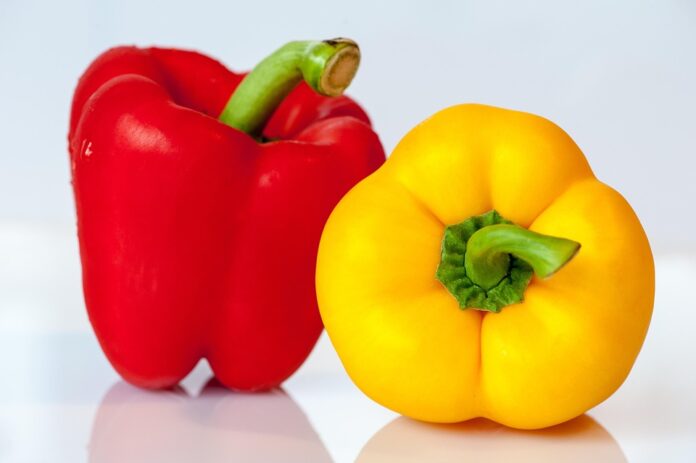Introduction
Climate change poses a significant threat to agriculture worldwide, affecting crop yields, quality, and production costs. Paprika farming, in particular, faces numerous challenges due to the changing climate, including shifts in temperature, precipitation patterns, and pest pressures. In this report, we will explore the impact of climate change on paprika farming, the challenges faced by farmers, and the adaptation strategies being implemented to mitigate these challenges.
Impact of Climate Change on Paprika Farming
Temperature Changes
One of the most significant impacts of climate change on paprika farming is the rise in temperatures. Higher temperatures can affect the growth and development of paprika plants, leading to reduced yields and quality. Extreme heat can also increase water demand, putting additional stress on the plants and requiring more irrigation.
Precipitation Patterns
Changes in precipitation patterns, including erratic rainfall and prolonged droughts, can have a detrimental effect on paprika farming. Insufficient rainfall can lead to water stress in the plants, affecting growth and yield. Conversely, excessive rainfall can cause waterlogging, nutrient leaching, and increased risk of diseases.
Pest Pressures
Climate change can also impact pest pressures in paprika farming. Warmer temperatures can favor the proliferation of pests and diseases, leading to increased crop damage and reduced yields. In addition, changes in precipitation patterns can create favorable conditions for certain pests to thrive, further exacerbating the problem.
Challenges Faced by Paprika Farmers
Financial Constraints
Paprika farmers face financial constraints in adapting to climate change. Implementing new technologies, such as drip irrigation systems or greenhouse cultivation, requires a significant upfront investment that many small-scale farmers may not be able to afford. Additionally, fluctuating market prices for paprika can further strain farmers’ financial resources.
Lack of Information and Resources
Many paprika farmers lack access to information and resources needed to adapt to climate change. Extension services, research institutions, and government agencies play a crucial role in providing farmers with the knowledge and tools necessary to implement climate-smart practices. However, inadequate extension services and limited outreach programs can hinder farmers’ ability to adapt.
Market Challenges
Market challenges, such as price volatility and changing consumer preferences, can also impact paprika farming. Fluctuations in market prices can affect farmers’ income and profitability, making it difficult for them to invest in climate-resilient practices. Additionally, shifts in consumer demand for organic or sustainably grown paprika can require farmers to make changes to their production methods.
Adaptation Strategies
Climate-Smart Agriculture Practices
One of the key adaptation strategies for paprika farmers is the adoption of climate-smart agriculture practices. This includes practices such as conservation tillage, mulching, crop rotation, and agroforestry, which help improve soil health, water retention, and pest management. These practices can enhance the resilience of paprika crops to climate change impacts.
Water Management Techniques
Water management techniques, such as drip irrigation, rainwater harvesting, and water-efficient irrigation systems, can help paprika farmers cope with changing precipitation patterns and water scarcity. These techniques can improve water use efficiency, reduce water wastage, and ensure optimal moisture levels for paprika plants.
Integrated Pest Management
Integrated pest management (IPM) strategies can help paprika farmers control pest pressures in a sustainable manner. By using a combination of cultural, biological, and chemical control methods, farmers can reduce reliance on pesticides, minimize environmental impact, and maintain pest populations at manageable levels.
Conclusion
In conclusion, climate change poses significant challenges to paprika farming, impacting temperature, precipitation, and pest pressures. Paprika farmers face financial constraints, lack of information, and market challenges in adapting to these changes. However, by implementing climate-smart agriculture practices, water management techniques, and integrated pest management strategies, farmers can enhance the resilience of their paprika crops and mitigate the adverse effects of climate change. It is essential for stakeholders, including governments, research institutions, and industry players, to support farmers in adopting these adaptation strategies to ensure the sustainability of paprika farming in the face of climate change.

